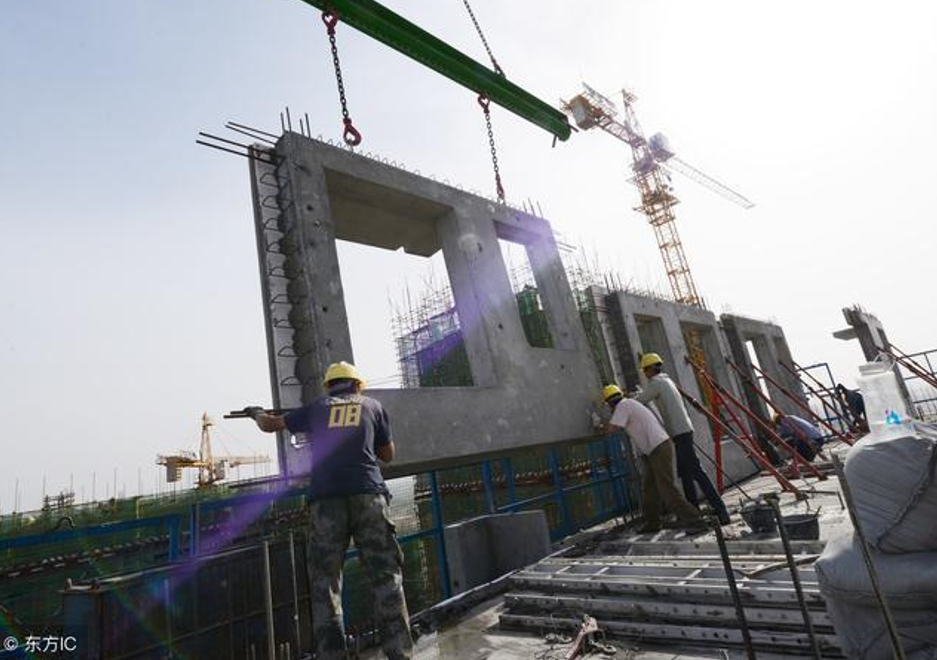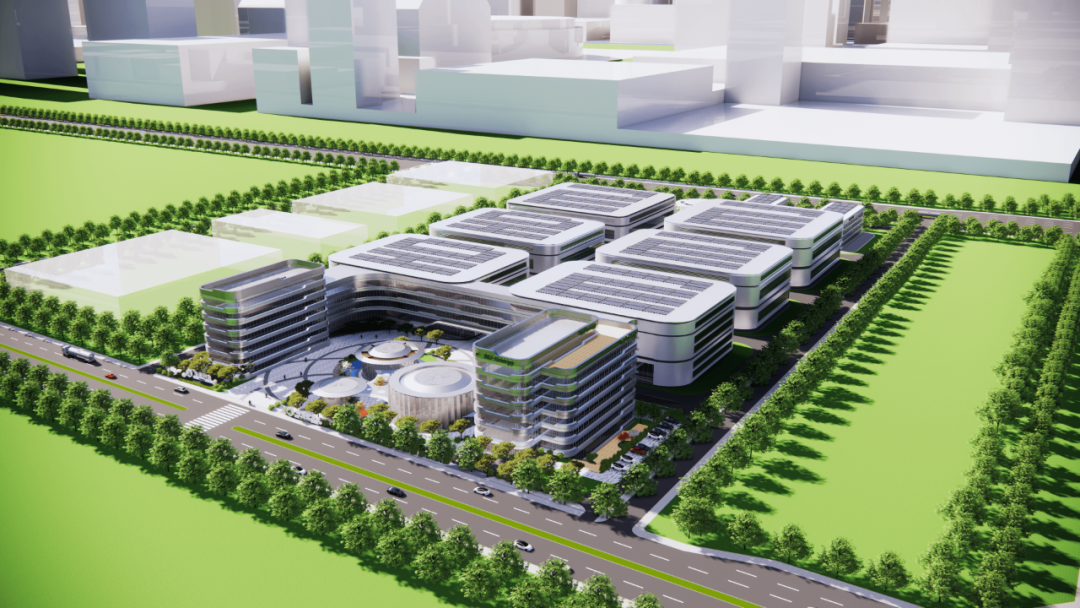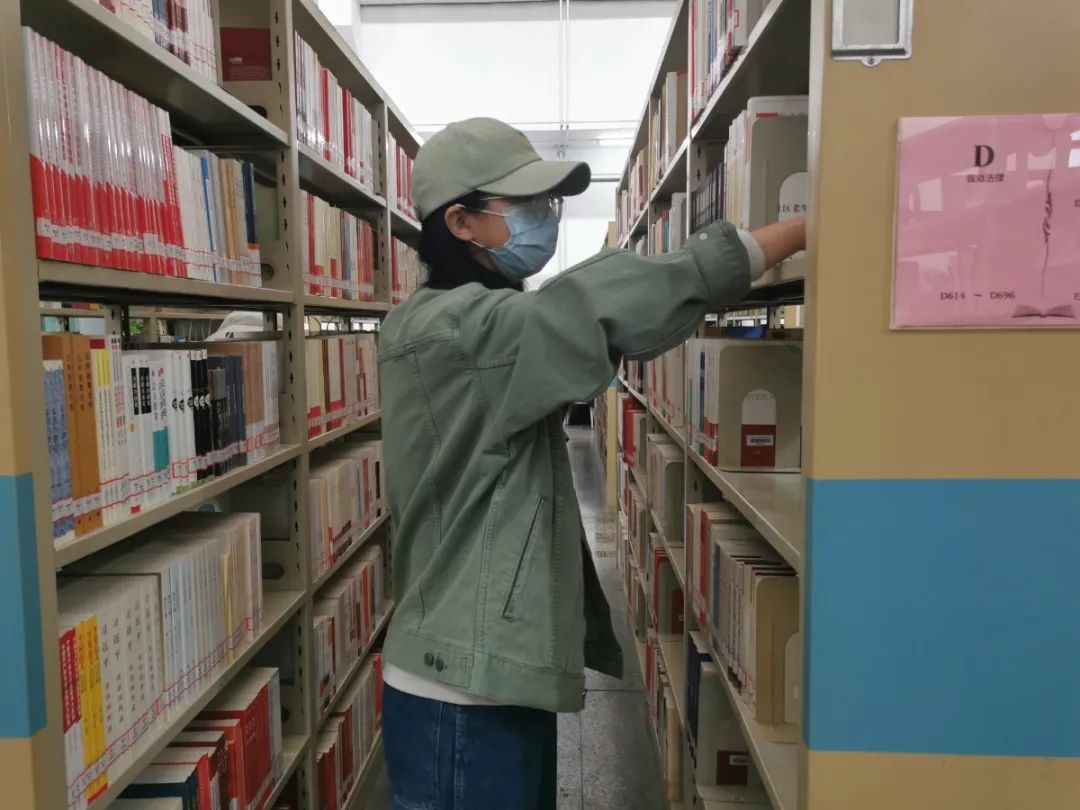Against the mirror pool, it is like a moving ship, which brings interest in dynamic and static contrast.
Architecture itself is polysemy, which not only expresses the dignified tension, but also interprets the coexistence of strength and lightness.
The design inspiration comes from the experience of climbing the hills of Wuhan, which is also confirmed by the landscape painting of qingluanxiao temple in the Northern Song Dynasty: on the way to climb, there are pavilions, towers, waterside pavilions, thatched cottages and Banqiao on the hills with Chinese artistic conception, which constitute the “Cen mountains” and “heavy platform” for people to stop and look back.
For designers, “the most beautiful scenery is people”, we should not only introduce people into the landscape, but also attract people, so that more activities can take place here.
04 luanshe · East Lake Xiaobai design: Wang Chong studio, 2021 coordinate: East Lake ecotourism scenic spot, flute Road, Hongshan District, Wuhan Photography: Zhu Yumeng click the picture to understand the details of the project.
The base can have a panoramic view of yingwuzhou bridge from the north, with a particularly extended landscape view.
In the post epidemic era, a number of new buildings are being and will be completed in Wuhan.
The atrium connects the three floors of the building and introduces natural light into the exhibition hall.
The project is located in the plot of the former Nanhua shipyard in Baishazhou, Wuhan, close to the Yangtze River.
In this context, architects believe that rather than designing a pure and beautiful building, it is better to respond to the history and current situation.
Yu Jiangcheng, what new stories are you looking forward to seeing? Wuhan architectural roaming map (drawn by the editor) 01 renewal and reconstruction design of Wuhan honggangcheng design creative center: urban regeneration, 2021 coordinates: Gongye Third Road, Qingshan District, Wuhan Photography: four eye space photography Liu Anqi click the picture to understand the project details.
The project base is located in the east of the main gate of Wuhan University, adjacent to Bayi Road for pure walking.
The scheme takes “Luojia Mountain Gate, inheritance and innovation” as the creative starting point, and creates the portal image of Wuhan University with a century of inheritance and towering mountains through the green courtyard platform and green brick cornice.
Restricted by rural laws and regulations, the reconstruction still needs to maintain the original outline of the building, but its internal space has become very rich.
The neatly cut window reveals the personality contrast between the internal and external appearance.
The project is reconstructed from Gangcheng third primary school.
In 2017, with the approval of UNESCO, Wuhan was successfully selected as the “city of design” of the global creative city network, thus becoming the fourth “city of design” in China after Shenzhen, Shanghai and Beijing.
03 contemporary building design of Wuhan University: Meng Benyuan design and Research Institute (Shenzhen General Institute), 2017 coordinates: Yucai Road, Wuchang District, Wuhan University Photography: Wuhan University Click the picture to learn about the project details.
The collective memory of the old industrial base and the historical fragments of the Zhongshan ship are undoubtedly the background of the design concept of the exhibition hall.
The city has vertical and horizontal rivers, intertwined lakes and ports, and the water area accounts for a quarter of the total area of the city.
Wuhan University was founded in 1893 and built according to Luojia mountain.
People can feel the transformation between narrow and high open scale, which is undoubtedly a scarce experience that is difficult to convey in cities with homogeneous space.
After opening, you can see the panoramic view of the old steel factory next door.
After entering the room, the exhibition space is divided into four themes.
With the change of angle, the building is folded like a piece of tissue paper, and the appearance is wrapped with aluminum alloy perforated plate to lighten the inherent heavy impression.
06 library design of Nanhu campus of Wuhan University of Technology: Architectural Design and Research Institute of South China University of technology, 2016 coordinates: Wuhan University of technology, Wuhan, Hubei Province Photography: Shaofeng library is located in the center of the flat and wide axis and is the landmark of the whole campus..
The ground floor of the building is windowless and retracted.
At the same time, through more modern space vocabulary and the selection of new materials and technologies, Wuhan University shows its pioneering and innovative style of modern colleges and universities.
The wall body is made of green bricks.
At the top of the building, the opening on the structure becomes a platform, and visitors can go out to the platform and look at Wuhan city.
The Yangtze River and its largest tributary, the Han River, meet in the city, forming a pattern of three towns in Wuhan (Wuchang, Hankou and Hanyang) separated by the river.
The meaning of the form of a giant ship is self-evident.
This is the name of step house.
It is known as “one of the most beautiful universities in the world”.
Through rational and logical facade design, the unique historical massiness and landmark of the building are formed.
Obviously, the relationship between “water” and “city” is inseparable.
The building uses green glass as the main roof material and is integrated into the campus in the form of slope roof.
The studio of architect Daniel libeskin is responsible for architectural design, and Beijing diameter narrative studio is responsible for overall exhibition planning and exhibition design.
The space of the top gallery is reserved for the ongoing temporary exhibition.
The most iconic design of the museum is an ark like structure standing on the square.
It is the most important starting point on the overall spatial axis of Wuhan University.
The design separates the new and old buildings, strengthens the overall structure of the reserved buildings, and all the newly added parts adopt prefabricated assembly system steel structure.
02 Zhang Zhidong and Wuhan Museum Design: studiolibeskind, 2018 coordinate: 169 Qintai Avenue, Wuhan © Hufton + crow, Zhang Zhidong and Wuhan Museum are located in Hanyang District, Wuhan.
The North facade tries to retain the historical traces of various periods, including red bricks in the 1950s, water brush stones in the 1970s, ceramic tiles in the 1990s and contemporary steel wire mesh.
All these have an important impact on the urban and architectural development of Wuhan.
The anti gravity form wrapped by geometric steel plate reminds people of the industrial past of the site.
The second floor of the museum is a semicircular auditorium with an “eye hole”.
The metasequoia and sloping roofs everywhere in the village bring design clues – the original simple roof of the house has been removed, the new plastic concrete roof has exposed rough texture, and the cold industrial texture and warm wood grain in the space have achieved visual coordination.
Through the landscape architectural design method of “red steel hill”, it interacts with the urban core facilities in the South and reserves its main entrance.
On the other hand, Wuhan, located in the center of China’s geographical territory, is known as the “thoroughfare of nine provinces”.
A series of polysemy expressions of cascade contrast make the building itself more delicate and readable.
Wuhan is located in the east of Jianghan Plain and the middle reaches of the Yangtze River.
Folding stairs also arouse curiosity and attract people to climb up unknowingly.
The base part is half hidden and half visible, connecting the outdoor square and the internal courtyard; Combined with stairs, steps and ramps, the overall context of “high platform” of Wuhan University is continued without affecting the overall proportion of the building.
The design first unlocks the largest public open space on the central axis, completely retains the existing teaching building, demolishes the playground and other buildings in the site, and shows the complete historical building interface on the south side.
It is a typical mountain architectural community.
Natural materials bring warm touch, and different activities are accommodated under the roofs of large and small slopes.
On the one hand, it reduces the impact on the existing buildings and improves the construction efficiency, on the other hand, it is the translation of WISCO spiritual design.
The Chinese and Western palace style buildings are simple and elegant, towering and spectacular, and the overall campus scenery is picturesque.
In terms of function transformation, we try to jointly drive the regional vitality through the composite functions of exhibition hall, library, art lecture hall, star stadium and life aesthetics Museum, and try to undertake Wuhan city level cultural events and transform the three small schools in steel city into Wuhan Design and Creativity Center.
Therefore, the cascading platforms appear in the public space, forming the moving line of “going upstairs”, enriching the feeling of walking and amplifying the sense of space.
05 Wuhan shipyard community center design: GAD, 2020 coordinates: Baishazhou street, Wuchang District, Wuhan City, Didong Street Photography: Architectural translator · Yao Li click the picture to understand the details of the project.
“Luanshe” is an emotional outlet outside the bright city, reposing people’s passing homesickness and longing for a simple life.
The platform of the “crown of red steel” on the roof can visually connect the Yangtze River in the north and the red steel city in the south.




